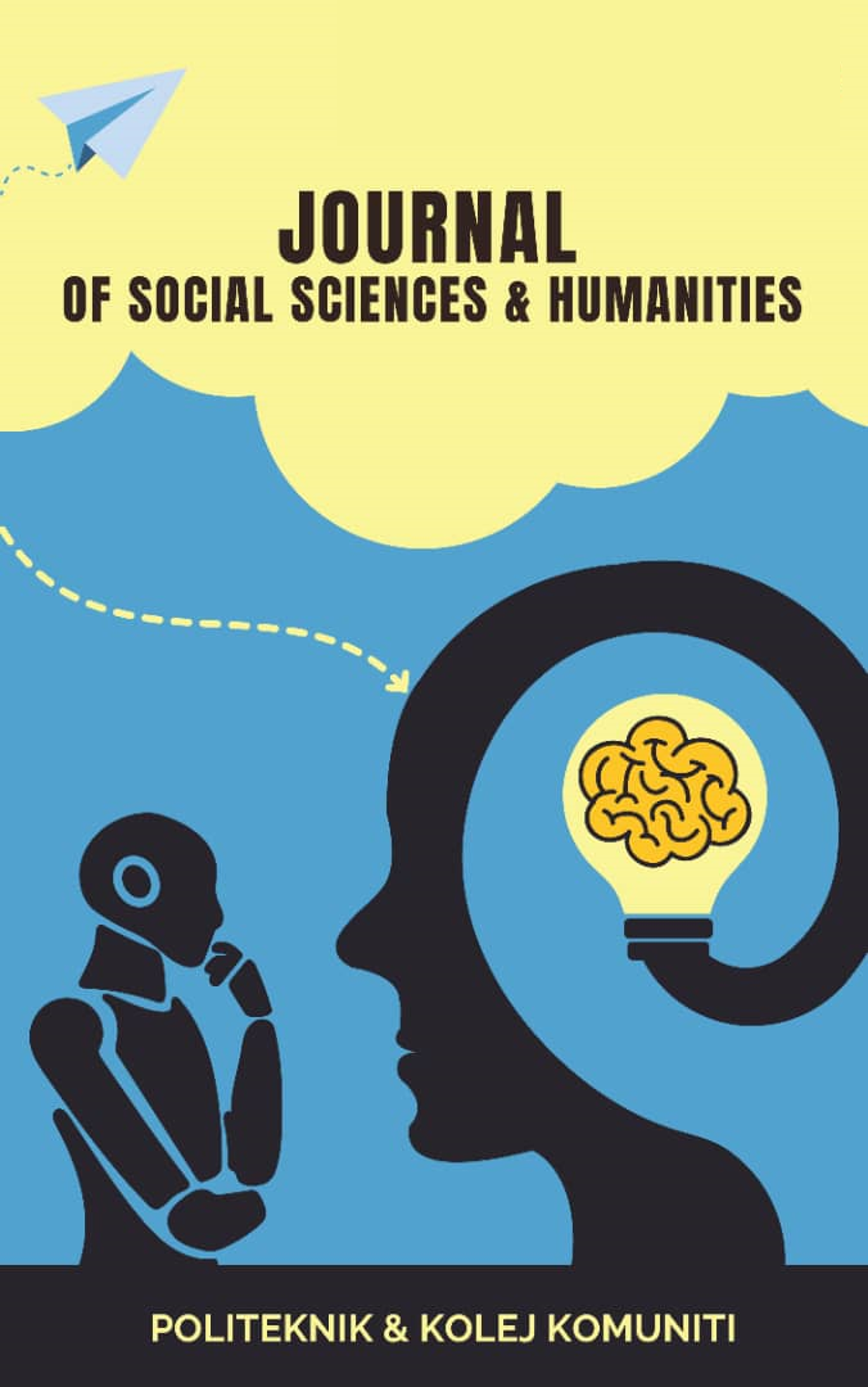Integrating Batik and Shibori Techniques in Contemporary Batik Design Inspired by Pua Kumbu Motifs
Keywords:
Batik Technique, Contemporary Batik, Shibori Batik, Pua Kumbu, Textile DesignAbstract
The traditional textile industry in Malaysia faces significant challenges in preserving cultural heritage such as Pua Kumbu while remaining relevant in the modern market. Limited innovation in adapting traditional motifs and the constrained use of batik production techniques underscore the need for new creative approaches. This study investigates the integration of Pua Kumbu motifs into contemporary batik design through the fusion of batik and Shibori techniques. The research aims to evaluate the potential of Pua Kumbu motifs within the batik design system and to experiment with combining batik and Shibori processes to produce innovative textile patterns. A qualitative methodology was adopted, incorporating expert interviews and studio-based visual experimentation. Semi-structured interviews with three textile experts assessed the cultural, structural, and aesthetic adaptability of Pua Kumbu motifs. The findings indicate that these motifs possess strong potential for integration due to their geometric balance and symbolic richness. Experimental outcomes demonstrated the technical and visual success of merging metal block batik with Shibori resist-dyeing using Remazol reactive dyes. The integrated textiles achieved clear wax-resist boundaries, colour stability, and visual harmony, balancing traditional structure with experimental fluidity. Overall, this study proposes a hybrid design framework that merges Malaysian and Japanese textile traditions, reinforcing cultural identity while fostering innovation in contemporary textile design.
Downloads
Published
How to Cite
Issue
Section
License
Copyright (c) 2025 Politeknik & Kolej Komuniti Journal of Social Sciences and Humanities

This work is licensed under a Creative Commons Attribution-NonCommercial-NoDerivatives 4.0 International License.





